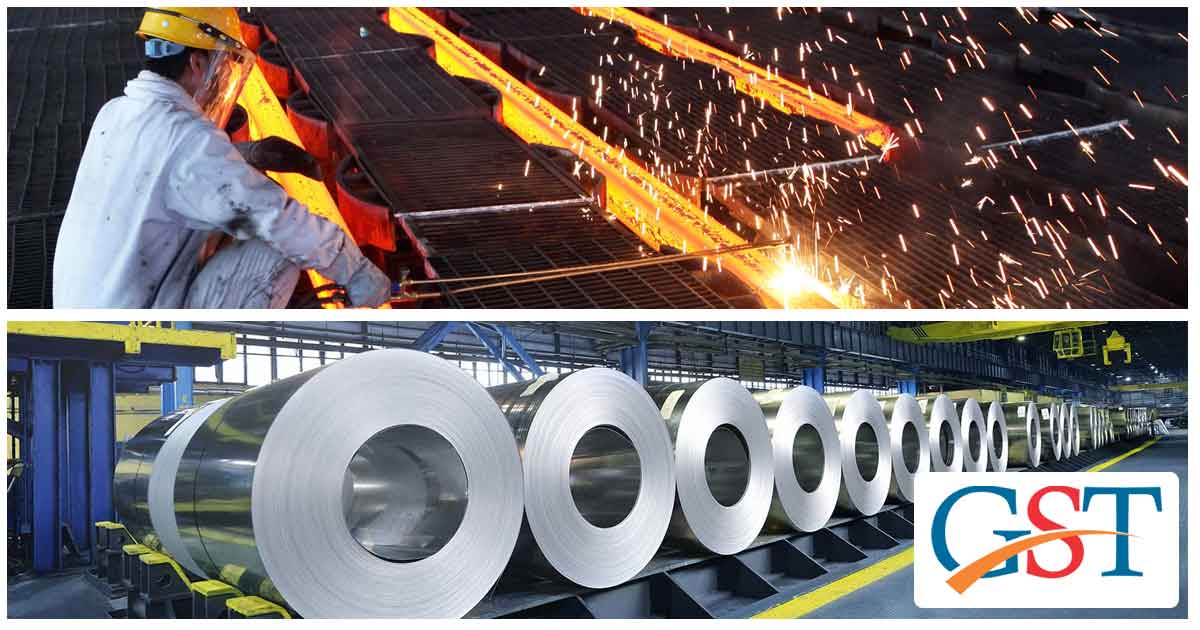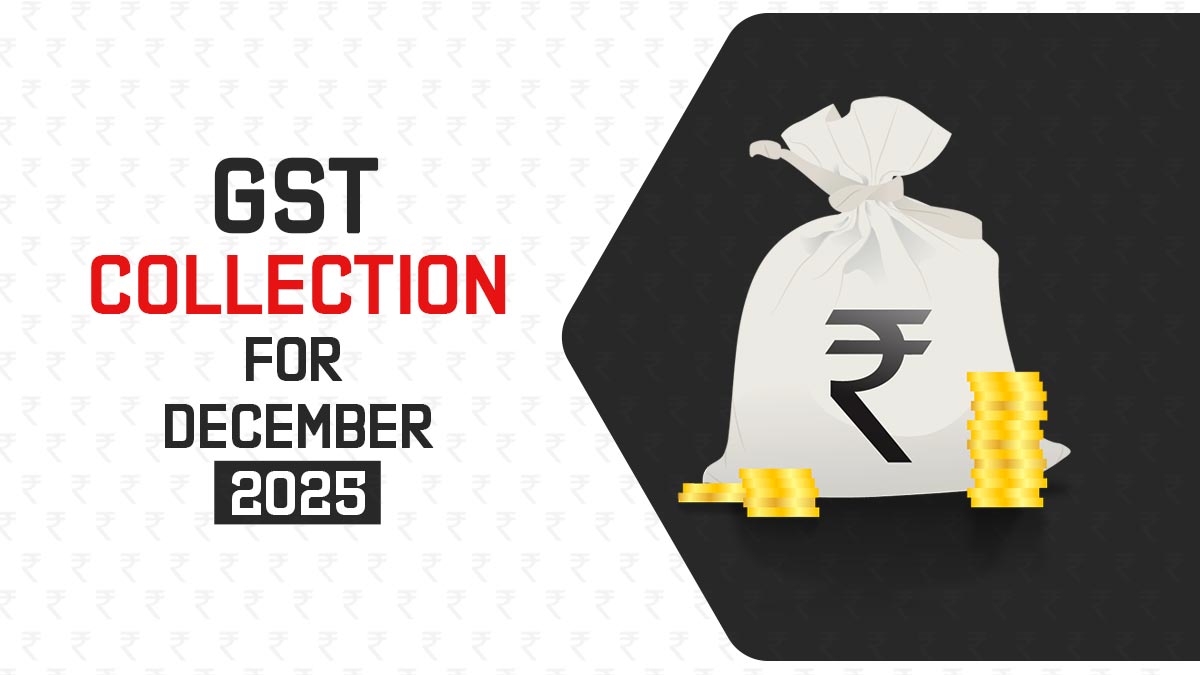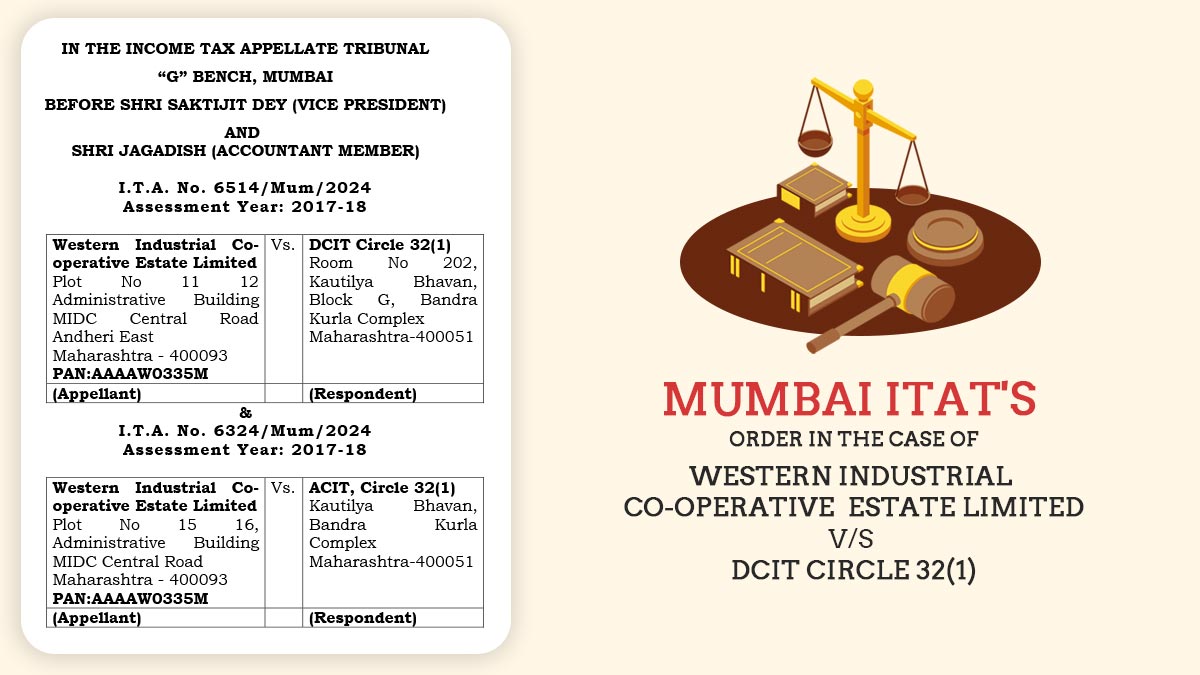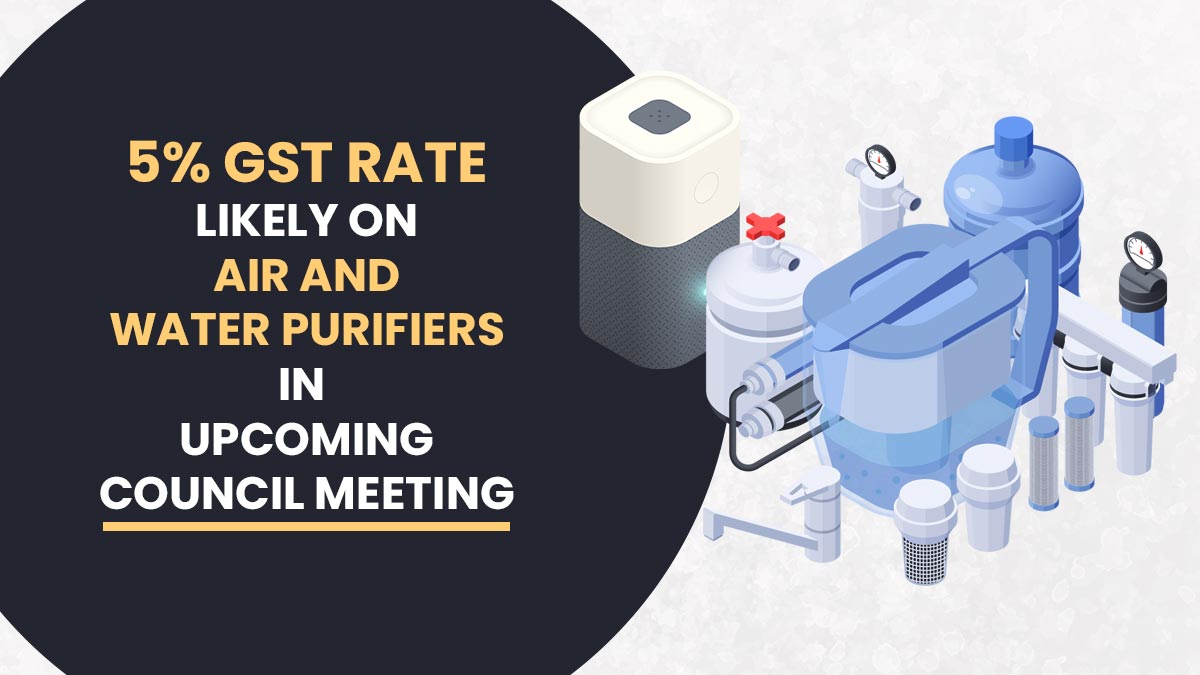
Goods and services tax recently surfaced in the Indian economy and has affected a lot of sectors. Here we can see a detailed picture of what GST has done to the steel industry in India. generally, October month is the busiest for a Steel manufacturer. Usually, this is the peak time for industrial and construction activities. But, every speculation has been shattered now as the traders are quiet due to GST implementation.
The steel cable seller who makes 10 tonnes a day of sales throughout the year and 15-20 tonnes per day in this season is stuck at 10 tonnes sold per day in this peak season. Lokhand Bazar located near Mumbai’s eastern dock area was the Steel hub of Mumbai. But, as the docks declined most of the traders shifted to Navi Mumbai or other places. Still, there are so many steel traders having offices here on Tukaram road.
Latest Update
- Goods and Conveyance cannot be refused to be released when assessees comply with Section 129 (1)(c): Kerala HC. Read Order
- The Uttarakhand AAR has issued the order for Ultra Tech Suspension Private Limited. The order said, 18% GST applied to the manufacturing and supplying of steel-made nuts, bolts, springs, etc. Read Order
Here are the impacts of GST on steel traders:
Cashless Mode Is The Hurdle For Steel Traders
Although, Steel is taxed under the same tax bracket of 18%, due to the strict compliance laws traders couldn’t do business under or above the GST net. This is the reason why traders are feeling low after GST implementation. Previously, the formal transaction was with a cheque or bank transfer and the informal was in the cash mode. But, now all the transactions are formal and need to be made by cheque as the supplies are being tracked from the source to the destination leaving no hole for informal transactions.
Read Also: Why does Carpet Industry Need Help After GST Implementation?
Albeit, a transaction in cash mode was one of the reasons for tax evasion but the cash transaction was quick, on the spot and easy to proceed. Cash transaction not only makes the easy transfer of goods but also help in using money just after the transaction. Contrary to the previous, transaction in the cheque mode put the flow of money on hold as people delay a cheque or sometimes post-date a cheque.
What was the weight of formal and informal transactions earlier?
As earlier there were no strict norms to track the system, traders used to make all the transactions in cash mode and used maintain two separate entries. Which, they fill out 60% of the transaction in a bill to pay tax and 40% of the transaction was informal which didn’t attract any tax under a previous tax regime. Now, The traders have to maintain only a single book with all the valid entries and tracking numbers which has impacted 40% of the business.
Earlier Tax Payment Under GST Regime
The businesses are under-performance after GST implementation as they have to file GST returns every month instead of every quarter previously. At that time traders used to store 100 and more tonnes in a godown. The big businesses are uncertain about the demands so storing the goods is the resort for them to sell out the Goods whenever customer demands.
Since the new tax system, traders have to file GST returns earlier and which makes a money shortage for traders. For example, if a traders buy 100 tonnes of Steel cables in January, then he has to file tax returns for 100 tonnes in February irrespective of whether he sells those goods in October month. So, by paying the tax in February increases the tax burden on traders as they will get the payment for that goods in October. On the issue, The traders say, “Our buying is on the spot, but our sales are getting delayed.”
Indirect Impact On Customers
The impact of GST on the Steel Industry can be seen directly in traders. But it doesn’t stop here as the impacts are shaded on the people involved in the whole transaction. Customers who are involved in various fields such as construction and manufacturing are indirectly affected by the system.
As the side effects of demonetization and the implementation of GST have reduced the cash flow of the construction sector. Side by side the impacts are graduated due to the Real Estate (Regulation and Development) Act, a central law, implemented on May 1, 2016. This Act compulsorily states that builders need to keep 70% of the total money collected from home-buyer in a separate account to eliminate the chances of fraud. They are forced to survive their businesses with the remaining 30% of the money.
The situation of less cash is compounded by the increased GST rate for builders. In the GST regime, the builder has to pay 18% GST tax than the earlier 12% tax. All situations make the builders survive with increased working costs.
The steel business is now doing well with the automobile industry but the supply with small business and chemical factories have gone down.
Higher Compliance Cost
The structure of Goods and Services is complex and so it requires separate bookkeeping with frequent GST returns on monthly basis. The option left with businesses to hire a Chartered accountant to file GST returns and CAs have increased their fees now. Previously, the CAs used to charge Rs. 2,000 to file a tax return but now they are demanding Rs. 5,000 for each GST return filing. It has increased the compliance cost for businesses and burdened their profit which is already suffering.
22nd GST Council Meeting Made Compliance Easier
Traders generally need two days for GST return filing and they prefer to file returns quarterly or in six months. After the 22nd meeting, the GST council relieved the small businesses whose turnover is up to Rs. 1.5 Crore to file GST Returns on a quarterly basis instead of monthly returns. This problem has made compliance easier for small businesses but the problem of a working capital shortage is not solved yet.
Although, the experience with GST has become little much better now since the initial phase of GST implementation. Previously, the GSTN system was not accepting the returns but those problems were resolved in October and the return filing was smoother comparatively.
Despite GST issues being short-term and soon implementation of GST will reduce the steel cost, the traders are not in the mood to forgive the government.









